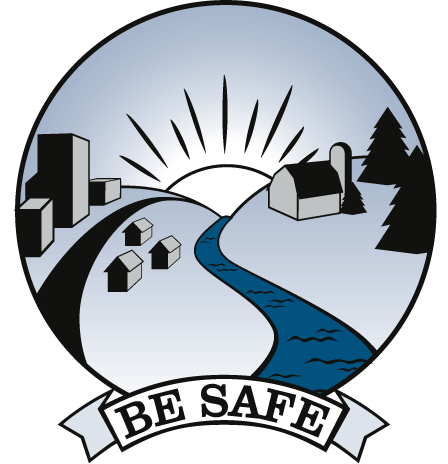![]()
![]()
![]()
Extended
Producer
Responsibility
Clean
Production & Zero Waste

Extended Producer Responsibility (EPR) is about changing the rules manufacturers have to follow so they avoid using toxic materials and limit their production of throwaway products. The goal of EPR is to stimulate environmentally sustainable product design that conserves resources and avoids waste. EPR programs focus on the design of products to restrict the use of toxic materials that cause environmental harm and the design of products meant to be thrown away.
Prevent Pollution: In the U.S. there are rules that prohibit the paint industry from using lead, mercury or PCBs in their products and restrict their use of smog-generating volatile chemicals that speed up the time it takes for paint to dry. As a result, the industry has found effective alternatives that do not have adverse impacts on the environment and people�s health.
Cradle-to-Cradle Management: EPR requires producers to provide environmental management of their products at every stage of the product�s life-cycle, from the raw products used to manufacture them through product use and ultimately recycling�in other words, from �cradle to cradle� instead of from �cradle to grave� as typically applies to management of toxic waste. When manufacturers bear the cost of environmental management during the product�s manufacture, use and recycling, they have the opportunity and incentive to reduce costs to their consumers by designing products that minimize pollution and waste.
Manage Leftovers: Local communities have had to traditionally manage the disposal of throwaway products and packaging. EPR programs require producers to take back their products or packaging. In Canada, paint companies emphasize the �BUD� principle in their advertising: Buy only what you need; Use it up, Dispose of leftovers safely.
EPR is a Worldwide Movement: EPR emerged as a major movement in the early 1990s�marking a shift to a �product-oriented� environmental policy that seeks solutions through pollution prevention and product design�rather than end-of-pipe waste management. The U.S. has typically focused on banning toxic materials that have been recognized as a problem. In Europe, Asia, and Canada, EPR �take-back� programs require producers to collect, reuse, and recycle a variety of products including computers, automobiles, household hazardous products, and packaging.
BE SAFE: EPR Means Preventive Action on Pollution